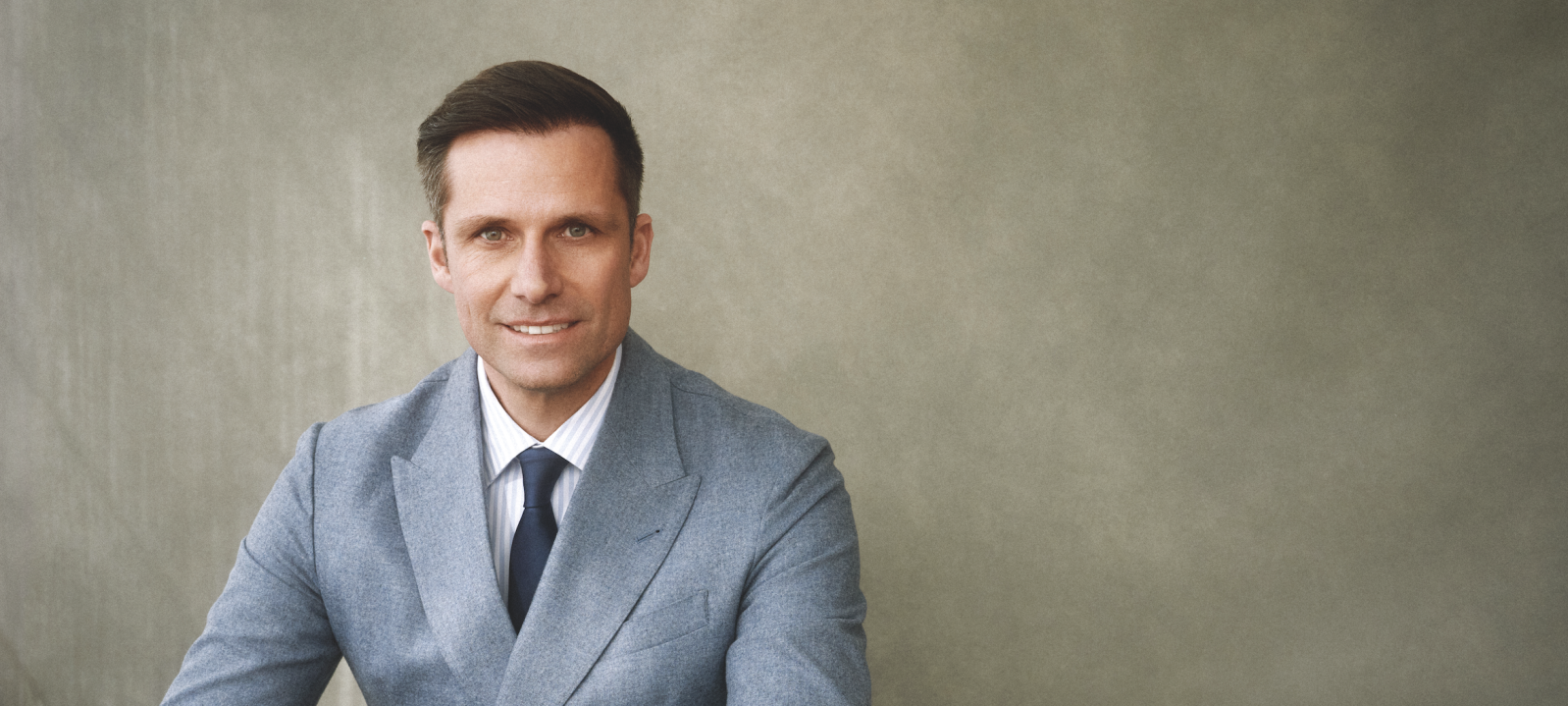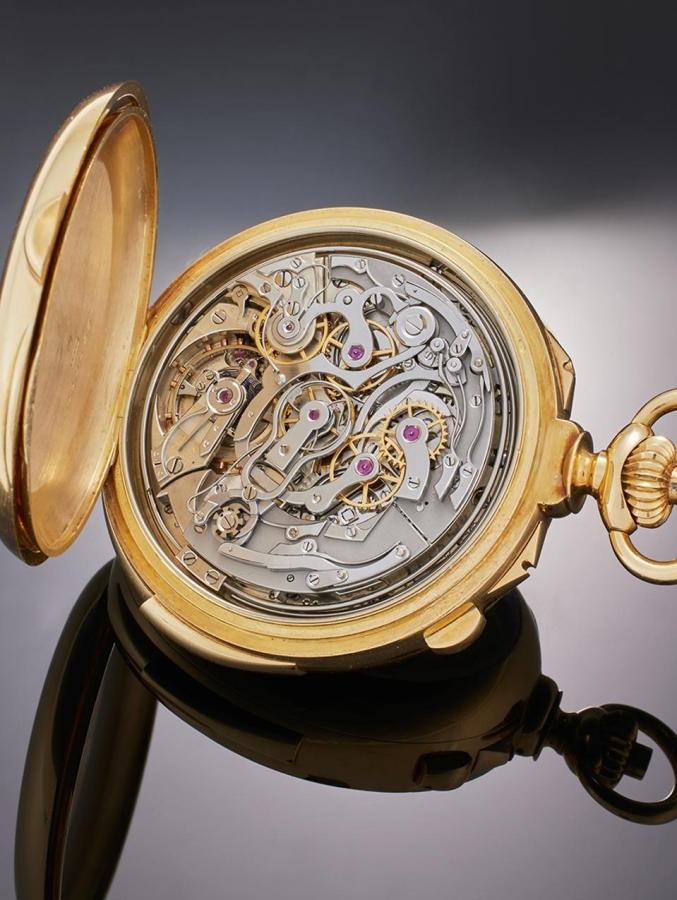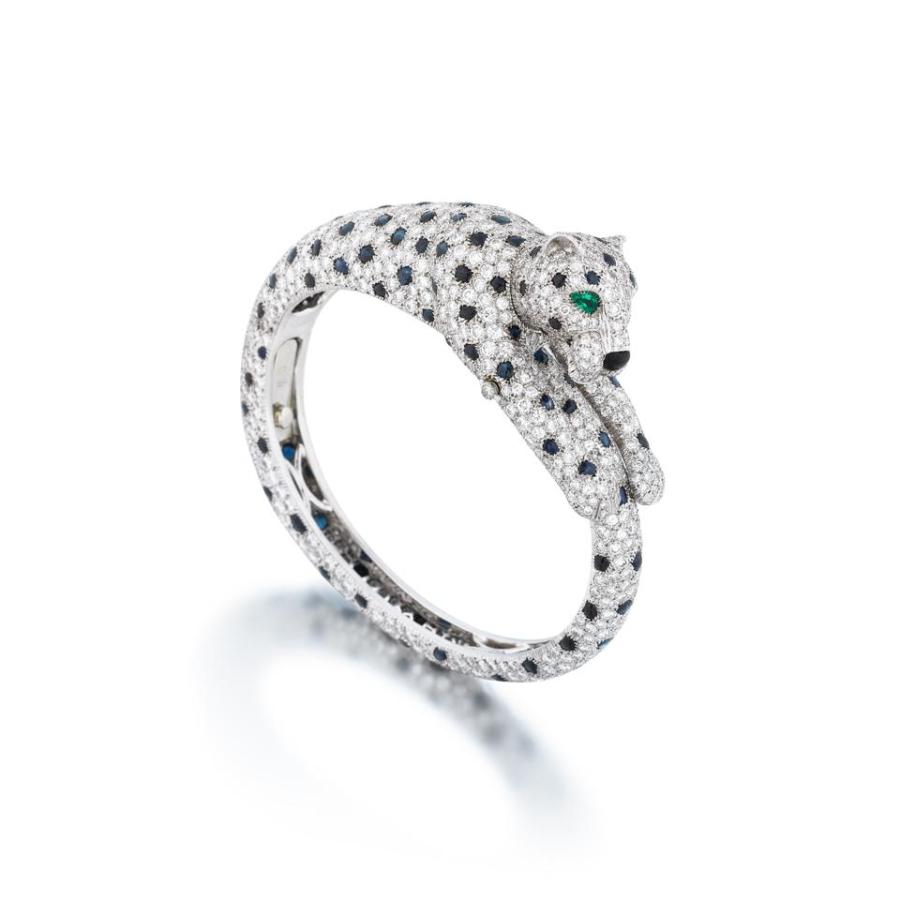What began as two mates drinking at the Opera Bar wondering how to afford their watch habits turned into Panzera – a Sydney-based brand making Swiss and Australian timepieces selling around the world.

By his own admission, Andrew Herman had no business starting a watch company. He wasn’t a watchmaker, he wasn’t Swiss, and he certainly wasn’t operating from a country known for precision engineering.
“I mean, how stupid is that? You can’t do that,” he tells Forbes Australia.
In 2009, Herman was in IT sales and his friend Roger Cooper was a buyer for coffee-equipment maker Bodum. Both were watch enthusiasts frustrated by the cost of collecting quality timepieces. Their first idea was a modest side hustle: import a small German brand into Australia.
They did that, but the more they learnt about the business of selling watches, the more they saw a different way of doing business. It saw them set up manufacturing in Sydney and Lugano, Switzerland, and they now claim total sales of 300,000 units at better than $1,000 a pop, with volumes doubling every year, they say.
How do you even do that?

Taking a cut
The first thing Cooper and Herman had to figure out when they decided to have their own brand was a design. They chose a 1930s German pilots’ watch, a flieger watch, as the base design – big, with a black face and luminescent hands. They selected a solid “movement” – the watch’s motor – from a third-party manufacturer and they were away.
They got a small batch made by a German company and added them to the range they were already selling.
They called it the Panamera, which, awkwardly, happens to be the name of a Porsche model. “It was a nice name,” Herman tells Forbes Australia. “We’re Porsche fans.”
“Why are we trying to import watches that make small margins, and why are we going through stores and distributors at all?”
Panzera CEO and founder Andrew Herman
They soon found the Panamera was outselling their German import by four to one. And a big part of the reason was the price. It was the same quality, but had fewer middlemen taking a cut.
“What we learned through being a distributor, then selling to a distributor, they would want 40%, then the retailer would want 50%. And they would expect you to still pay for all the marketing to get people to go to their store to buy the watch.”

The margins weren’t big enough to pay for marketing so no one would go into a shop wanting to buy their watch, buried amid all the other gleaming dials.
“There’s a whole lot of other inefficiencies because the distributor would stock your watch, and they wouldn’t know what was going to sell. Then the retailer would stock watches and they wouldn’t know what was going to sell. So we’d have no idea what they’re going to reorder.
“That’s when the realisation clicked … Why are we trying to import watches that make small margins, and why are we going through stores and distributors at all?
“We realized that if we could produce and sell the watch from end-to-end, it was the most efficient way of producing a really high-quality watch at a low value point.”
The money saved could go into advertising on social media, and the customer could get a good watch cheaper for less than half the price of an equivalent quality timepiece from a bricks-and-mortar shop.

Seems obvious now. “But when we looked, there weren’t many brands, if any, doing this. And it’s not because it’s easy. Because, to get someone to buy a watch, they want to try it on, look at it, make sure it feels good, it’s the right weight, goes with their suit.”
They figured they’d get around that by offering 30-day returns.
They gave up their day jobs.

“We realized we didn’t have to limit ourselves to Australia.”
The Panamera name had to go before the lawyer letters from Porsche started arriving. “We came up with ‘Panzer’, which felt strong and aggressive, then Panzera. It was a unique name and had a strong, waterproof, robust feel, which is what we’re pitching our watches as.
They messed around with a few dress-watch designs – minimalist, Bauhaus – but they didn’t sell.
“We realized that if you’re gonna pitch an Australian watch, it’s gotta have a lot of strength. It’s gotta be bold … You go to the beach in the morning, you go to the office in the day, you don’t have to change your watch.”
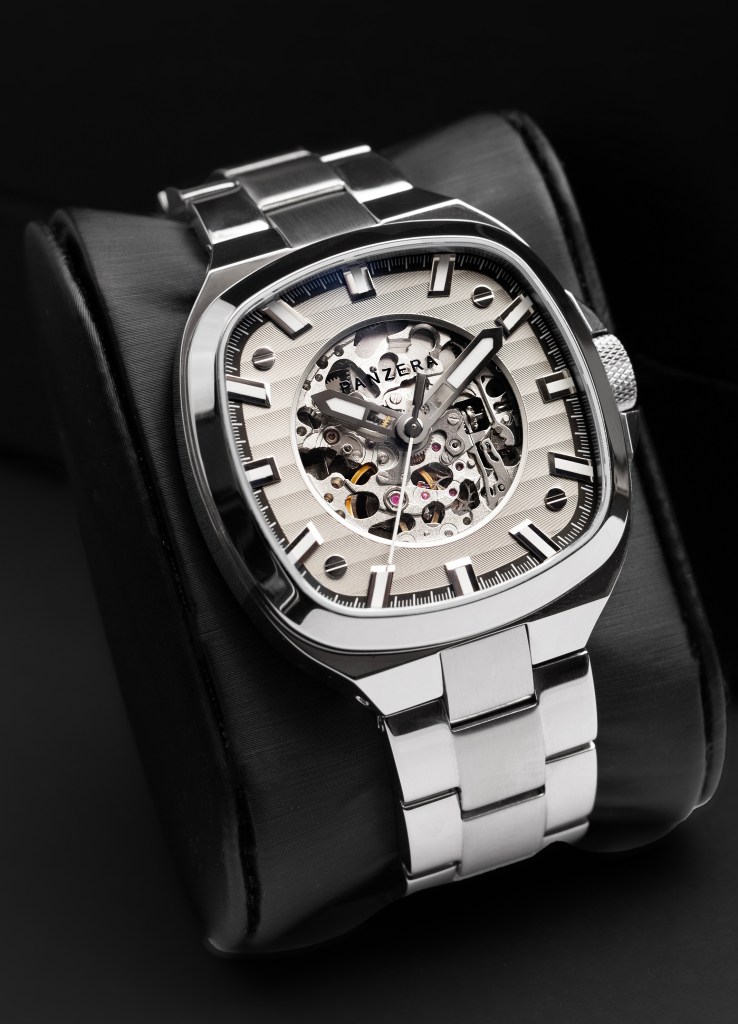
Panzera watches sell for around $1,300, but they offer discounts up to 30% for first-time buyers. That helps gets buyers – hesitant about buying an Australian watch – through to the checkout. “But then we’ve got about 30% to 40% of our customers buy more than one watch off us, which is high for a watch company.”
In order to further smooth over the hesitancy, Herman and Cooper decided they needed a “halo model” – the opposite of a loss leader, it would let the rest of the brand bask in its magnificence, even if it didn’t sell many.
So they started manufacturing a 100% Swiss model, using a Valjoux 7750 movement which cost them considerably more than the Japanese ones they use for their Australian watches.
Swiss Panzera watches sell for up to $5,000.
“We thought we might just sell three or four a year, but it’ll give us the halo,” says Herman. “It’ll make everything else look more attractive. But it became one of our bestsellers.
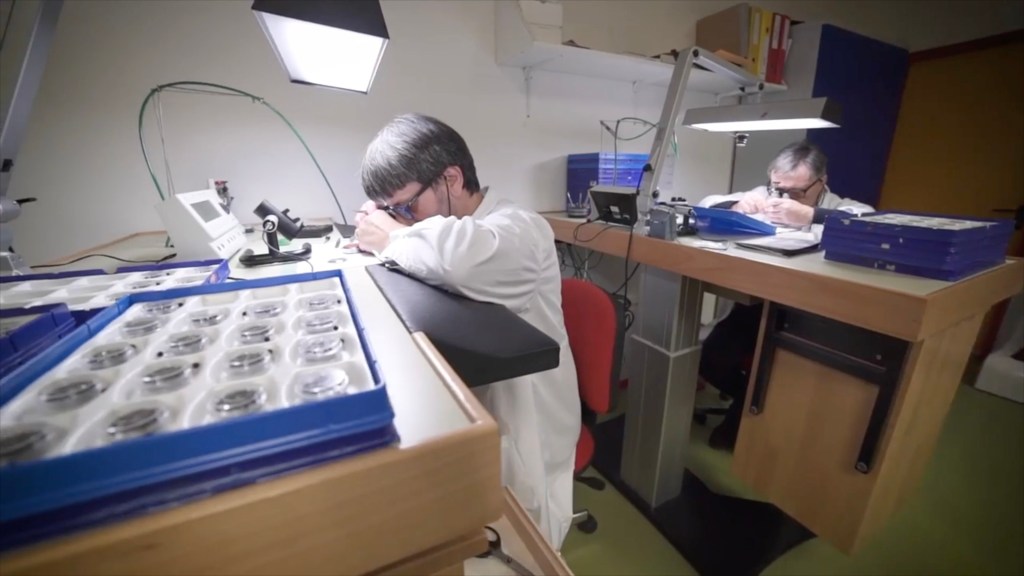
“That’s for people who like to have a bit of a status with their collections. Having Swiss made on a watch adds a bit of pedigree to it.”
Herman says the company now has “25 to 30” full-time employees in the Pyrmont, Sydney, workshop and in Lugano, Switzerland, plus a 24-hour support team in the Philippines.
He says they’ve been profitable and bootstrapped the entire way. “Roger and I are very complementary. He’s very well organized and focused on the operational side and keeping everything running. And I’m more on the marketing/sales and design. And we’ve outsourced enough of the business to keep it from getting overcrowded by us doing too much work, but kept enough fingers on the pulse so that we still drive the business day to day.”

